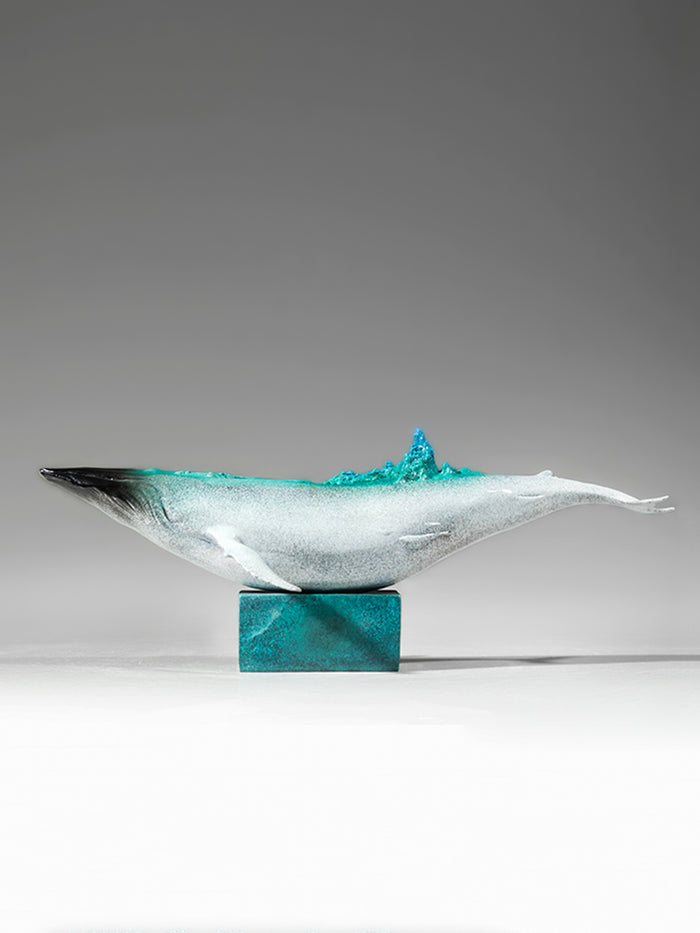Chinese Craftsmanship: A Legacy of Artistry and Tradition

# Chinese Craftsmanship: A Legacy of Artistry and Tradition
Chinese Craftsmanship: A Legacy of Artistry and Tradition
For thousands of years, Chinese crafts have stood as a testament to the nation’s rich cultural heritage and unparalleled artistic skills. From delicate porcelain to intricate embroidery, these traditional crafts represent not just objects of beauty but also the wisdom and dedication of generations of artisans.
The Timeless Beauty of Chinese Porcelain
Chinese porcelain, known as “china” in the West, has been admired globally for its exquisite craftsmanship since the Tang Dynasty (618-907 AD). The famous blue-and-white porcelain of the Ming Dynasty (1368-1644) remains one of China’s most recognizable art forms, with its intricate designs and perfect glazing techniques that have been perfected over centuries.
Silk Embroidery: Threads of History
Chinese silk embroidery, particularly from regions like Suzhou and Hunan, showcases incredible precision and artistry. Using fine silk threads on silk fabric, artisans create breathtaking landscapes, floral patterns, and historical scenes that can take months or even years to complete. The Suzhou embroidery style is especially renowned for its “double-sided” technique where identical patterns appear on both sides of the fabric.
Lacquerware: Layers of Tradition
Chinese lacquerware dates back to the Neolithic period, making it one of the oldest continuous art forms in human history. Artisans apply multiple layers of lacquer (sometimes up to 200 coats) to create durable, glossy surfaces often decorated with gold leaf or intricate carvings. The process requires immense patience, as each layer must dry completely before the next can be applied.
Cloisonné: The Art of Enamel
Cloisonné, known as “Jingtai Blue” in China, is a complex metalworking technique where colored enamel paste is applied within compartments formed by copper or bronze wires. The vibrant colors and intricate patterns make cloisonné vases, jars, and decorative items highly prized collectibles worldwide.
Paper Cutting: Folk Art Perfected
Chinese paper cutting is a folk art that transforms simple red paper into elaborate designs symbolizing good fortune and happiness. Traditionally used as window decorations during festivals, these delicate cuttings often feature animals, flowers, or Chinese characters representing blessings.
Preserving the Craft for Future Generations
Today, many traditional Chinese crafts face challenges from mass production and modernization. However, efforts by cultural organizations and master craftsmen are helping to preserve these ancient techniques through apprenticeships and cultural exchange programs. UNESCO has recognized several Chinese crafts as Intangible Cultural Heritage, ensuring their protection and continuation.
Keyword: Chinese crafts
Chinese craftsmanship represents more than just beautiful objects—it embodies the patience, discipline, and artistic vision that have defined Chinese culture for millennia. As we appreciate these works of art, we also honor the generations of artisans who have kept these traditions alive.